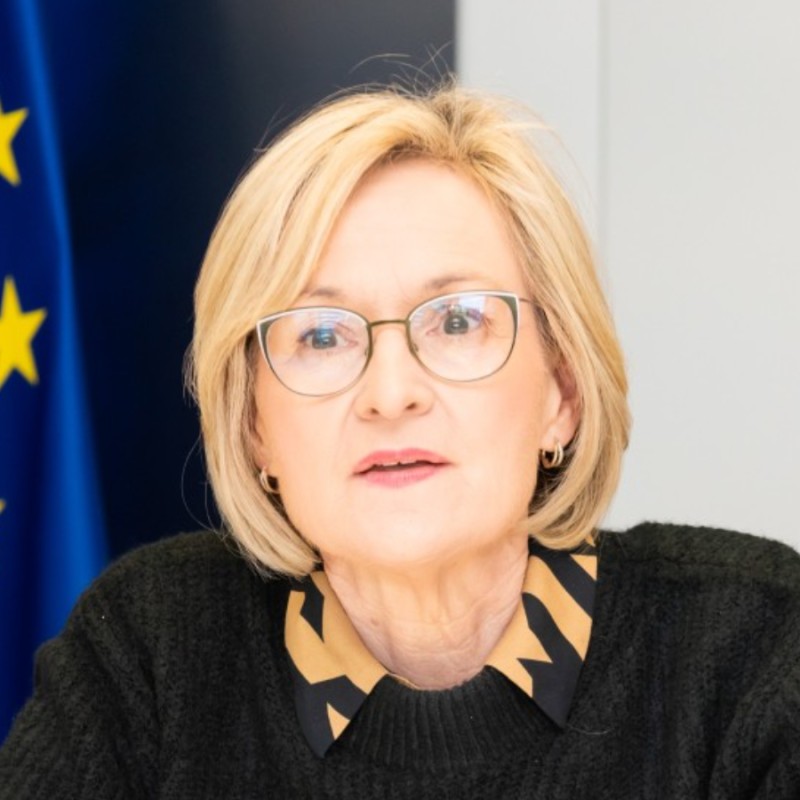We have updated our Privacy Policy, click here for more information.
Thank you

Published: August 13, 2025
On 1 July 2025, a new authority quietly assumed power in the heart of the EU’s regulatory framework: the Anti-Money Laundering Authority (AMLA).
More than just a bureaucratic milestone, AMLA represents a fundamental rethink of how the EU tackles financial crime, shifting from fragmented national oversight to centralised, intelligence-led supervision. For financial institutions, this is not just a regulatory change – it’s a strategic signal.

“AMLA will be a game-changer in the fight against money laundering. It will be the centre of our new supervisory system, as a supervisor in some cases and as a coordinator of supervisors in others, setting high standards across the EU.”
Yes, AMLA will directly supervise a select group of high-risk, cross-border financial institutions. Yes, it will issue technical standards and coordinate Financial Intelligence Units (FIUs).
But the real shift isn’t just procedural – it’s philosophical.
It turns supervision into a strategic capability. It puts data at the centre of decision-making. It treats information sharing not as a compliance afterthought, but as a regulatory requirement. And it’s designed to evolve, with cross-border collaboration and real-time analytics built into its DNA.
From Compliance Obligation to Strategic Risk Management
For institutions operating across the EU, AMLA changes the rules of the game. Compliance functions must now be:
Anticipate and prepare for AMLA’s rigorous scrutiny.
Align policies and risk tolerances across jurisdictions.
Leverage advanced analytics and automation to detect and mitigate risks faster.
Use AML data not just for compliance but to unlock strategic business insights.
This isn’t about meeting checklists, it’s about building organisational resilience.
Firms that embrace this shift will not only meet regulatory expectations, but they’ll also unlock operational insights and strengthen trust with stakeholders.
The release of AMLA’s July 2025 Work Programme offers the clearest picture yet of how the authority will operate, and what it values.
While the programme outlines foundational efforts around staffing, infrastructure, and supervisory coordination, one early priority stands out: crypto-asset service providers (CASPs).
In a clear signal of intent, AMLA has launched technical working groups specifically focused on crypto, aiming to create harmonised supervisory standards across the EU. This isn’t a future ambition – it’s an active workstream.
By addressing crypto risks at the outset, AMLA is placing technology-driven, high-risk sectors at the heart of its supervisory agenda. This is a warning shot to firms operating in or adjacent to crypto: the days of regulatory ambiguity are numbered.
As we move from policy to implementation, forward-looking compliance leaders should ask:
AMLA’s full supervisory powers, including direct oversight of 40 high-risk institutions, will activate by 2028, with selections finalized by 2027. This transition period is a strategic runway for firms to:
Firms that treat 2028 as a deadline will scramble to catch up. Those that act now will lead the pack.
As institutions prepare for AMLA, First Derivative can help implement effective AML controls aligned with the authority’s evolving expectations. Our team of seasoned professionals brings deep, cross-sector expertise in AML and Financial Crime – and is ready to support you at every stage of the transition.
Whether you’re assessing readiness, remediating legacy frameworks, or building forward-looking compliance infrastructure, FD stands ready to guide your next move.

Joe Campbell
Principal Consultant | Financial Crime
First Derivative
First Derivative LinkedIn profile

David Northridge
Managing Consultant | Financial Crime
First Derivative
First Derivative LinkedIn profile

Kody Mcdowell
Principal Consultant | Financial Crime
First Derivative
First Derivative LinkedIn profile